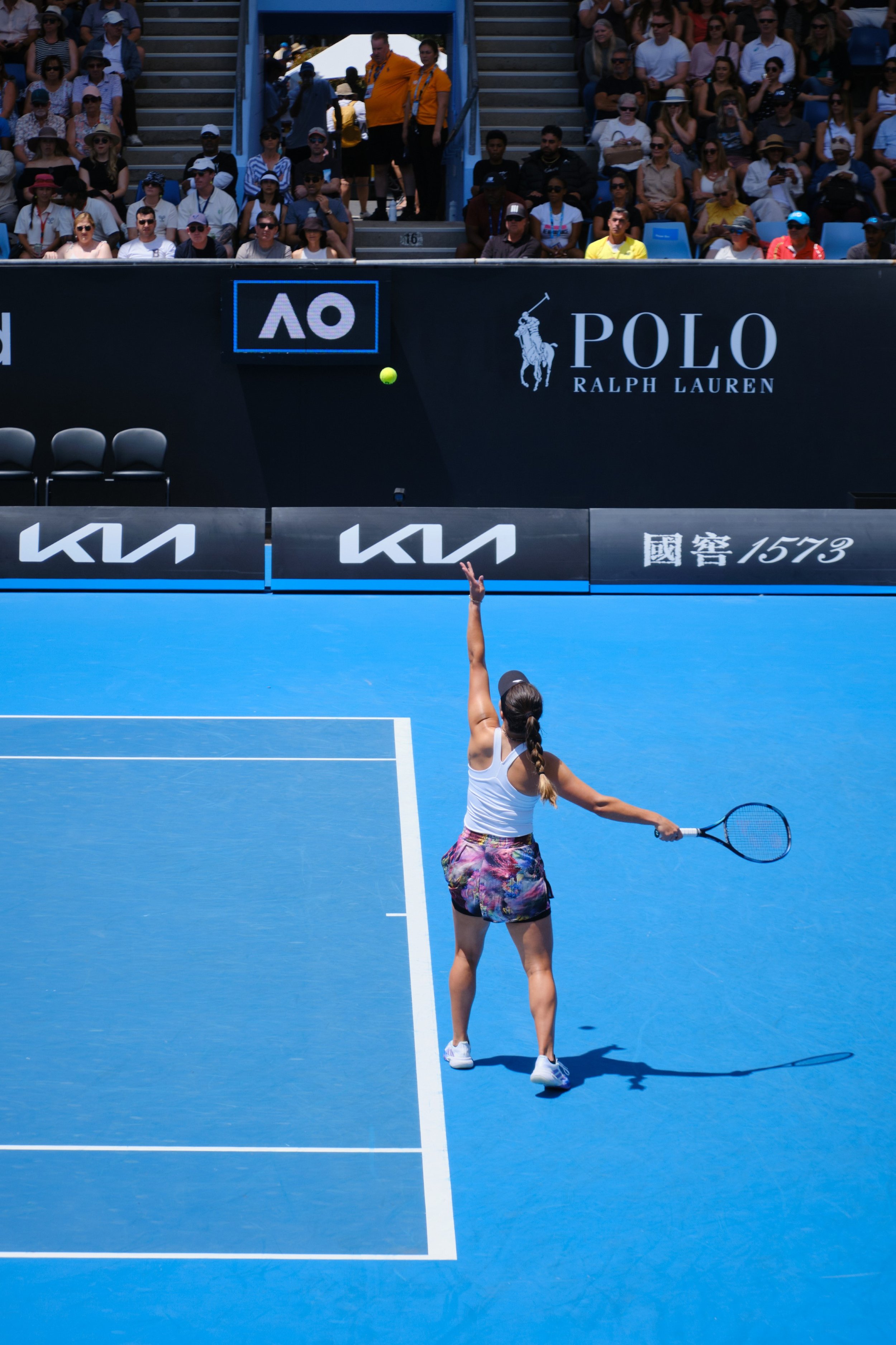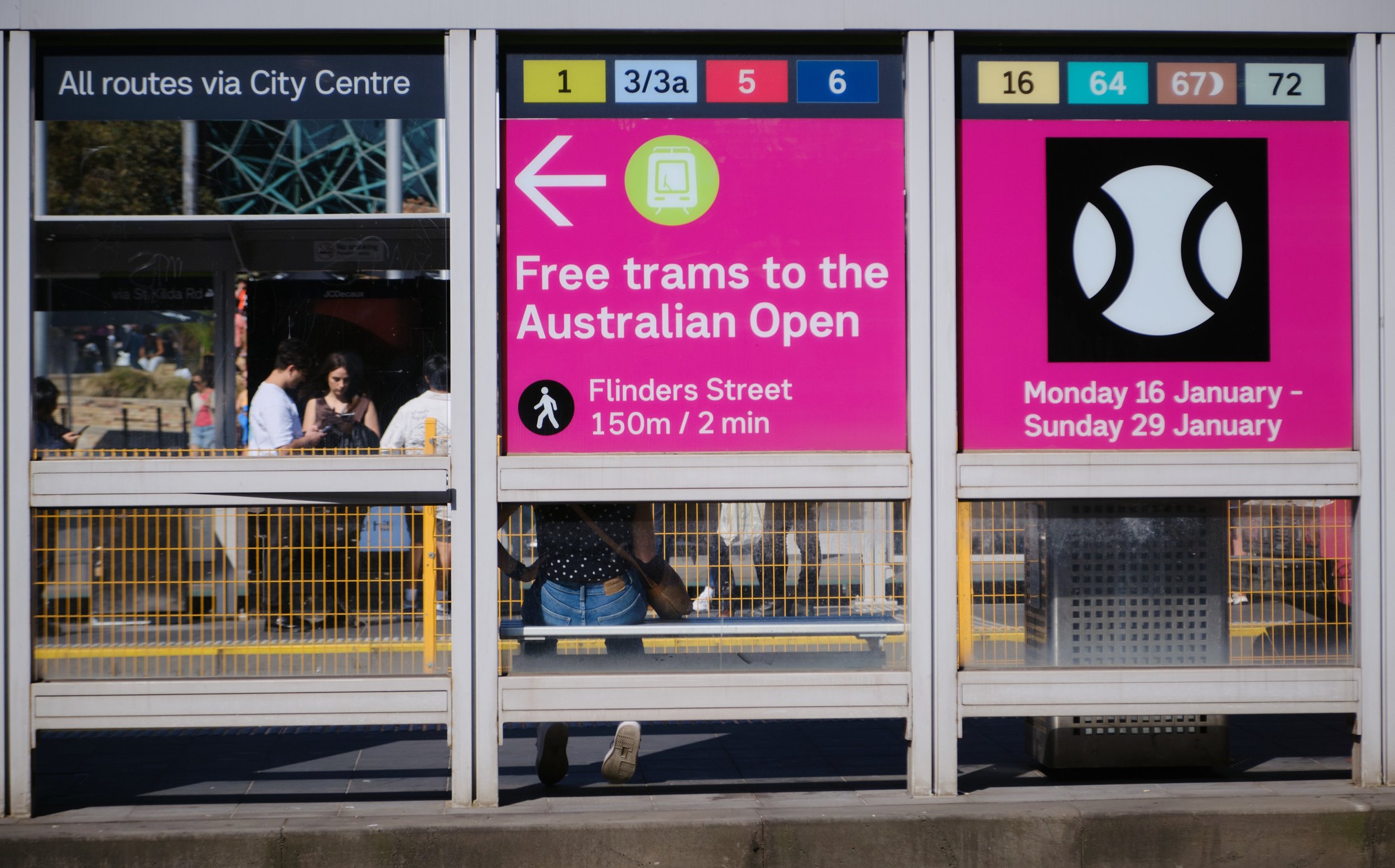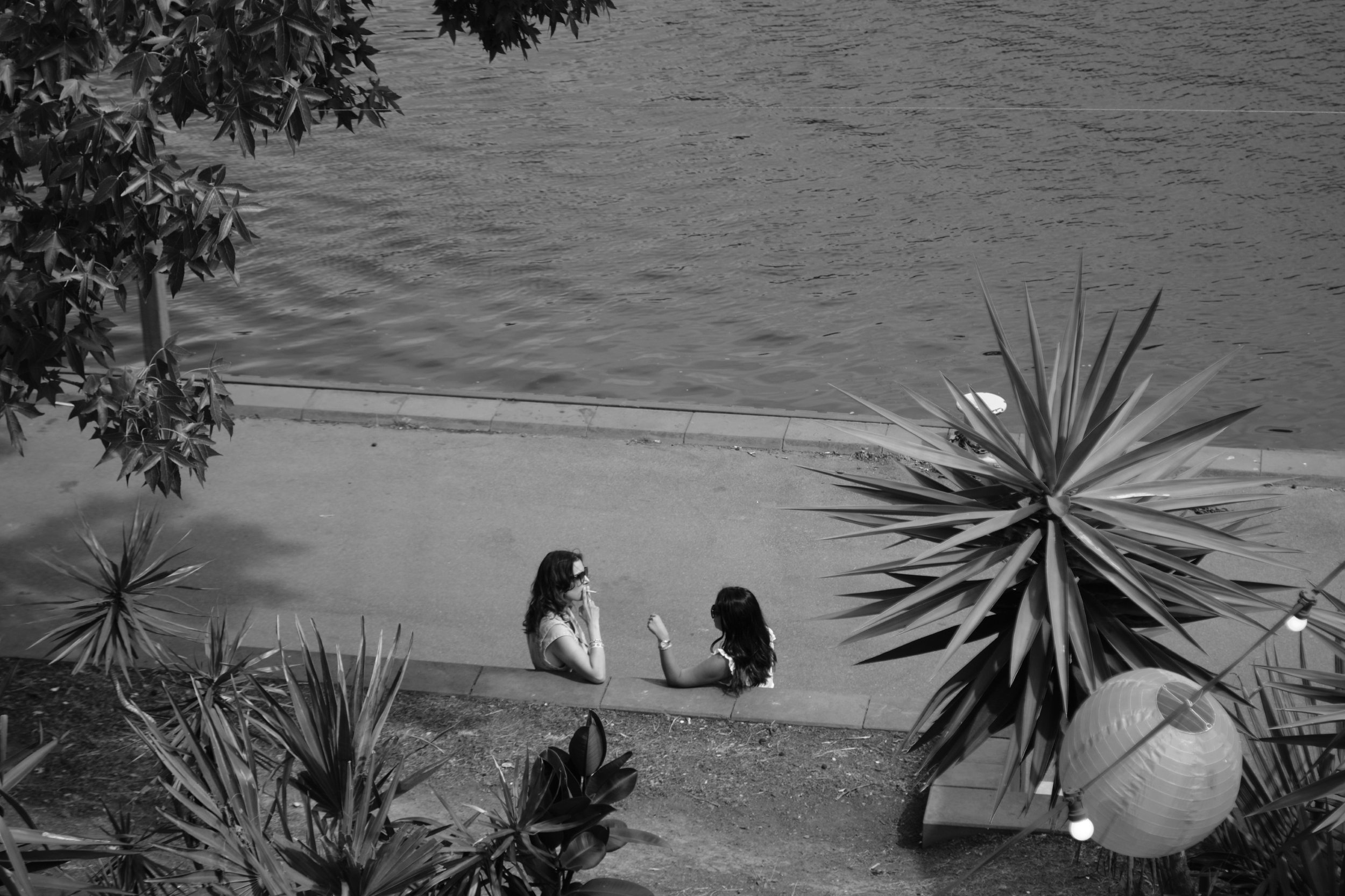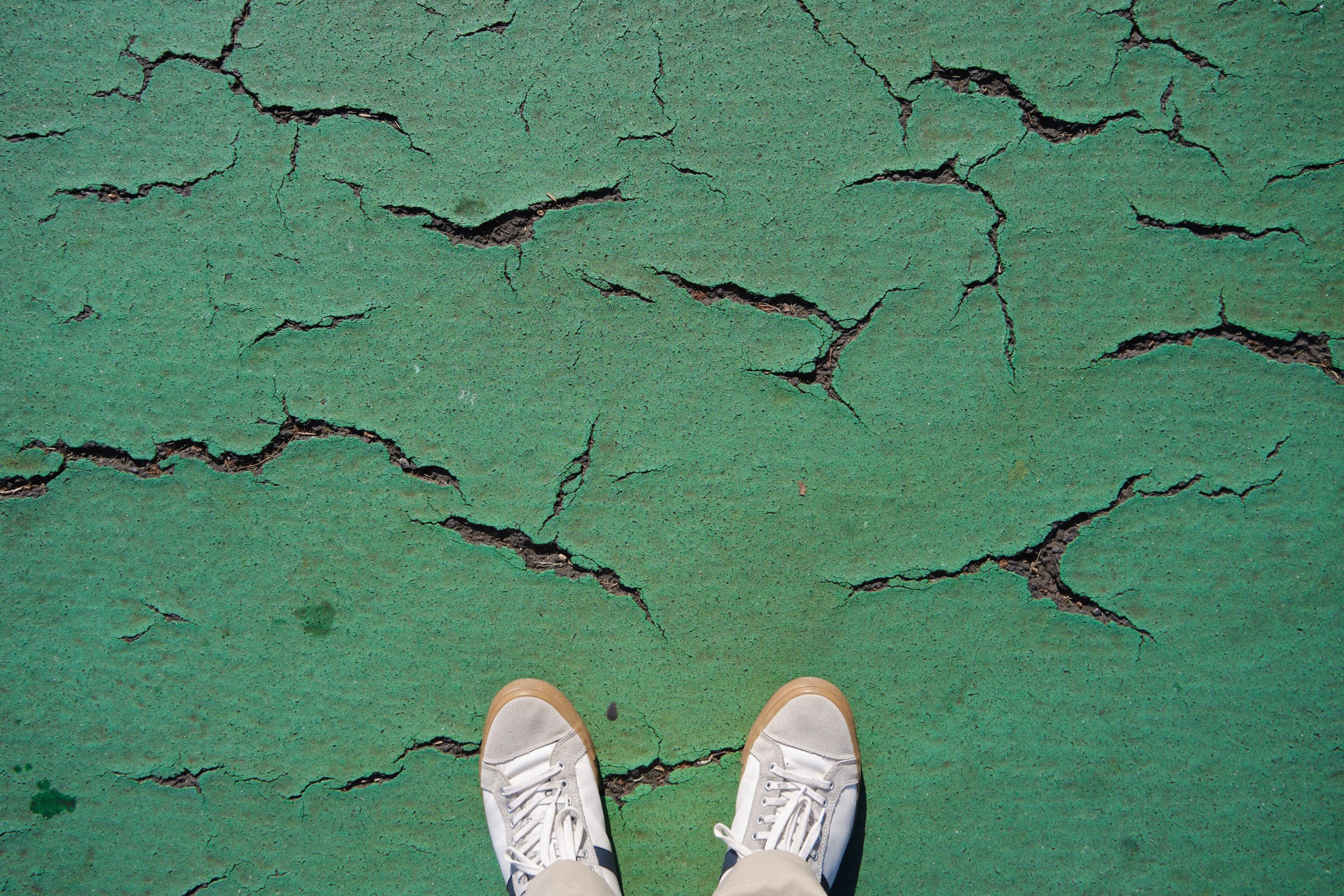As promised, here are my best dog photos from Melbourne Pride 2023.
Watching the humans
Photo of a small, fluffy brown-and-white dog with the name ‘Oscar’ written on his harness. The dog is standing in a large, green field with several people around him. He is looking at something off-camera. There are several rainbow-coloured flags and ribbons placed around the field where he is standing.
Handsome dog
Photo of a large, handsome dog wearing a harness, a nose halter, and a rainbow coloured bandana around his neck. The dog is being walked on a leash in a large, green field. There are several people wearing brightly coloured clothes sitting and standing in the field.
Good boy
Photo of a dark tan dog looking off-camera while standing in a large, green field with several people standing around him.
Staring at another dog
Photo of a small grey-and-white dog standing in a large field with several people around her. The dog is wearing a purple bandana with pride flags printed on it. The dog is staring at another dog, who is sitting off camera.
Must pet the dog…
Photo of a small girl and a smaller black dog. The dog is sitting in front of the girl in a large, green field. The girl is holding the leash that is attached to the dog’s walking harness. The girl is reaching forward to scratch the dog’s head.
Successfully petting the dog
Photo of a small girl and a smaller black dog. The dog is sitting in front of the girl in a large, green field. The girl is holding the leash that is attached to the dog’s walking harness. The girl has reached forward and is scratching the dog’s head.
Floofy white cloud
Photo of a puffy, bright white dog on a leash. The dog is standing in a large, green field and is looking at another dog off camera.
Hugging its human
Photo of a woman standing by the side of the road watching the marchers at a pride parade walk by. The woman is carrying a black, curly-haired dog in her lap. The dog is facing away from the marchers and has its chin resting on the woman’s shoulder.
Long tongue dog
Photo of large, fluffy, white dog standing in a large, green field with several brightly dressed people around it. The dog is wearing a rainbow bandana and is looking at something off-camera with its long tongue hanging loosely out of its mouth.
Stretching to play with a nearby dog
Photo of a brown dog in a large green field. The dog is wearing a jacked with rainbows printed on it. The dog is straining against its leash because it wants to pay with another dog off camera.
Pretty dog
Photo of a small, light-brown-and-tan dog standing a large, green field. The dog is wearing a large, pride-themed bandana around its neck and is looking at something off camera.
Waiting for the ball to be thrown
Photo of a small, white-and-brown dog excitedly focused on a scruffy tennis ball on the grass that its human is just about to kick for the dog to fetch.














